Further information resources are provided below.....

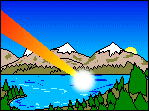
Space Objects - Asteroids, Comets, Meteorites, Astronomy

Hale-Bopp home page/JPL
Shoemaker-Levy 9 home page - Comet impacts Jupiter (July 1994)
Shoemaker-Levy 9 home page - Table of contents
Shoemaker-Levy 9 comet - Space Telescope Science Institute - images & animation!
Shoemaker-Levy 9 comet - NASA/JPL
Hyakutake comet - animation
Tunguska 1908 impact - includes Table of Terrors (impact facts)
Asteroid research page - Bill Bottke/CIT

ABCs of Near Earth Objects
Near Earth Objects - overview
NEO number vs. size - Figure from Spaceguard report
NEO impact frequency vs. energy - Figure from Spaceguard report
NEO expected fatalities vs. diameter - Figure from Spaceguard report
Danger in space - Near Earth Objects
Comets, culture, currency
Near hits - contemporary risk assessment
Comets and the Bronze age collapse
Sky survey coordinates - Astronomy views
Astronomy & miscellany - how's your Finnish?
Asteroid links

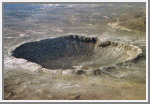

Lunar near side - shows mare basins and cratered terranes
Terrestrial impact sites - locator map (Geol/ Soc. Canada)
Terrestrial impact craters - examples of terrestrial impact structures
Venus impact craters - see crater classification, distinction from volcanic structures
Comet crashes - a watered down explanation from the Why? Files
Chicxulub crater - K-T boundary impact site
Impact structures - examples from Canada
Meteor Crater, AZ - large photograph


More Solar System Views & Reviews
Views of the Solar System - comprehensive description of the Solar System
The Nine Planets - excellent multimedia tour
Welcome to the Planets - selected NASA images
Planetary images - Good pics! (compiled by G. Byerly)
the Moon - Lunar views and information
Moon/Clementine/GOOD images! - may not always be available
Lunar 'top 10' - most important things we have learned about Luna
NASA - information - NASA subject index
Mars geology - shows major volcanoes
Age of Mars' surface

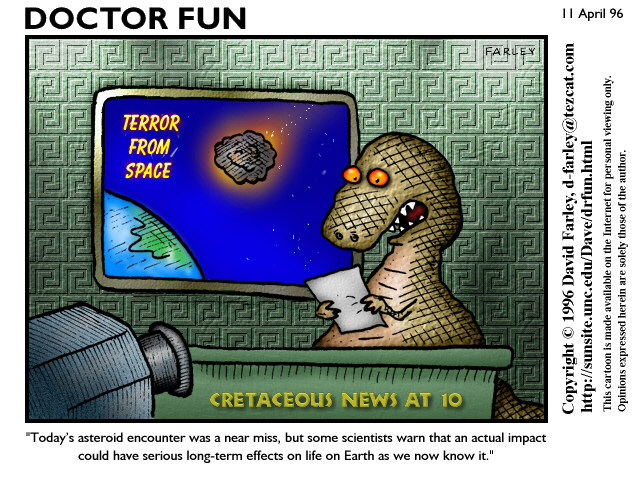
Space Catastrophes and Disasters
Asteroid impact simulation - interesting animation
Deep Impact - the movie WWW page
Asteroid-ocean impact simulation - from the movie
Asteroid & comet impact hazards - good links on the subject (NASA/Ames)
Meteorites, impacts, etc - excellent survey of meteorite types and impact hazards
Spaceguard survey - reaction to terrestrial impact threat
Planetary defense - a military solution
Meteor defense
Comet busters - a review of what to do...
MIAC - Meteorite Impacts Advisory Committee/GSC
Iridium anomaly - evidence for role of meteorites in mass extinctions
Impact products in the sedimentary record
Mass extinction @ K/T boundary - outcrops of the K-T boundary (incl. Brazos River section, TX)
Probability of impacts
Doomsday asteroids/comets - a short discussion of impact hazards
Impacts & extinctions - hypercard animations
Impacts & dead dinosaurs - outline of key points
Geological time scale - stratigraphic column, punctuated by extinction events
Catastrophism 1 - diverse notes
Catastrophism 2 - frequently asked questions
What killed the dinosaurs - U.C. Berkeley Museum of Paleontology
Volcano theory of dinosaur extinction - Earth System & Biosphere Evolution Research report
Extinction pages on WWW - Links to extinks
Life over time - Field Museum


Meteorites & Extraterrestrial Life
Life on Mars? - McKay et al. (1996) Science Online article
Martian meteorite - Is there life on Mars?
X-Files - Official page
X-Files home page
Meteorites
Mars life - meteorite
Meteorites, impactites, etc. - samples for sale

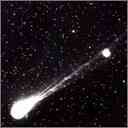
Related Organizations, Courses
Earth catastrophes course - UC Santa Cruz/check out the cool logo
Catastrophes course - U Puget Sound w/ group projects
Astronomy - Ohio State Univ.
Another X-files - The truth is in here...realm of the 'parabelievable'
Astronomy tutorial - Search for Extraterrestrial Intelligence
Center Adv Space Studies - affiliate of the Lunar Planetary Inst., Houston
Galileo Project - NASA - bringing Jupiter to Earth (visually)
JPL new products
Lunar & Planetary Institute
NASA educational resources
NASA info by subject
NASA Mission to Planet Earth
NASA Observatorium
Space Telescope Institute - Hubble space telescope images
IPCC - International Panel on Climate Change

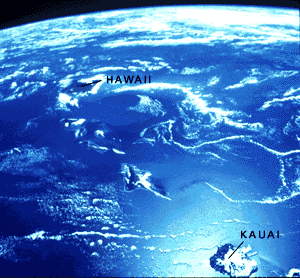
Remote Sensing
An astronauts's view of Earth - the ultimate field trip (by Kathy Sullivan)
JPL 3-D Images - 3-dimensional image exhibit
JPL Imaging Radar home page
JPL photos of Earth - SIR-C/X-SAR radar images
JPL radar images of Earth - SIR-C/X-SAR radar images
JPL clickable world map - select radar images of your favorite areas on Earth
JPL volcanoes from space - SIR-C/X-SAR radar images of famous volcanoes
Declassified EROS satellite photos - Spy satellite photos of Earth
Topographic images - digital elevation models
USGS EROS data center - Earth Resources Observation Systems imagery
EROS - Ames - national mapping information
Earth RISE images - photographs from space
JPL image archive - space photos

click here to return to Bill's Home Page.
Send comments, queries to:
leeman@rice.edu
 LAST MODIFIED: 3/20/97
LAST MODIFIED: 3/20/97
 BY: Bill Leeman
BY: Bill Leeman
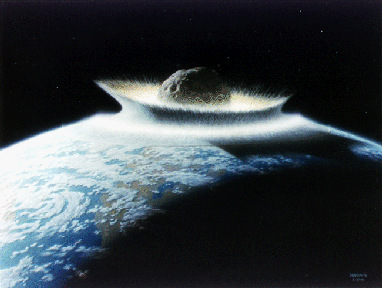


 Now...play the asteroid game - brought to you by National Geographic - good Impact Animation!!!
Now...play the asteroid game - brought to you by National Geographic - good Impact Animation!!!











